Inspiration and methods
The spirit
It all begins with a unique state of mind; we shall call it “SSS.” It would be extremely difficult to achieve without resorting to new approaches.
One day, a long time ago, I was visiting one of the most significant maritime museums in the world: the Salem Museum in Massachusetts. I was discussing a painting with an American friend when a person behind us intervened, initiating a memorable discussion. It turned out to be one of the museum directors. To him, a painting had to be “S.S.S.” or it didn’t truly exist. He was presenting his concept of SSS, which has since seemed crucial to my artistic exploration. “SSS” = Striking (striking, unique,…); Stunning: an old English word derived from the French “étonnant,” which itself comes from the word “tonnerre” (thunder). I still remember how Chardin managed to transform an ordinary plate of strawberries into an astonishing painting. It’s undoubtedly ambitious; in reality, it demands a lot during the moment of inspiration and initial composition. Yet, the result is worthwhile: being aware of this demand indeed leads to true progress. And the outcome is to provoke a stronger emotion in the viewer’s gaze. That’s all that truly matters. Lastly, the third and final “S” stands for Subtle; representing the demand for quality execution.
The primary consequence is that one must first force oneself into a great freedom of creation. Reality is often tyrannical; one must liberate oneself from it to dare a sublimated transposition of this reality. This intention is fundamental in the search for subjects and in realization. “We have art to not perish from reality,” Nietzsche said.
As a fundamental principle in all the new approaches proposed here, there is the transposition of numerous concepts and technological tools from my previous professional life into my painting practice. I have described these acquired skills in a parallel text: specialized expertise in organization, competitive anticipation, technology, software, databases, scheduling, creativity, as important examples of transposition.
Inspiration
At the beginning, there’s the “inspiration” phase. Everything relies on an effort to construct a highly extensive and meticulously indexed Image Database (IDB) (50,000 images), constantly improved through modern capturing tools. The concept of “serendipity,” borrowed from management techniques, helps us trigger creative flashes by intersecting permanent memory embeddings of potential images and possible explorations within this Database. The goal is to obtain a few basic images that are sufficiently SSS (Striking, Stunning, Subtle). This exploration is carried out by giving time its due time.
The accumulation of this search for potential basic images leads to an overflow that needs to be managed by prioritizing the one that will serve as the cornerstone over those that will act as adjuncts. The outcome should be a Striking, Stunning, Subtle (SSS) concept of the artwork. The next step involves arranging it into a harmonious composition. This task is accomplished using the advanced functionalities of specialized software (such as Photoshop and numerous similar or complementary programs; I’m thinking here, for instance, of “fractals”). The result is a Photoshop image of the future artwork.
Execution
The next step often involves using video projection onto a carefully prepared surface to trace the essential elements with pencil. From this point, you can outline the steps of the execution process in writing, similar to how it’s done in industrial “scheduling.” Breakdown into “X” areas to be completed. Further breakdown of each area into “X” layers (equivalent to the glazes of the 18th century). Countless “tricks” have been developed, akin to how we used to create “Concepts-Models-Tools” (CMOs) in consulting, to create reusable innovative pathways from one painting to another. Few painters have documented their “tricks.” Notable examples include Leonardo da Vinci (codex) and Caravaggio. Our era has become more structured and is preparing for “A.I.” (Artificial Intelligence)…
And from there, we work as in times of quality craftsmanship; Our larger paintings require between 300 and 400 hours to complete. Just like in the past, there are paintings within the painting. Many external observers immediately perceive the singularity and often testify to the received SSS emotion.
New tools in pigment application
The observer of graphic arts was presented with three successive and distinct visions. First, that of figurative painters (from ancient civilizations to the mid-19th century), who knew how to create paintings within paintings. Then came the vision of figurative Impressionists, capable of extracting themselves from detailed work to express with greater sobriety of execution (more blurred). Finally, the modern and contemporary artists who, especially in more recent times, gradually lightened everything, even until complete emptiness for the most radical.
Technologies, which is to say the most immediately recent techniques, have brought us new tools. These new tools encompass various but complementary areas. A detailed explanation is available but would be out of place here. It would involve describing new tools in photographic technology, softwares (including “fractals”), design, and even a revisit of pigment-painting application tools. The overarching goal here is to leverage these new avenues to achieve that rarely obtained “blurred-finish state” state.
